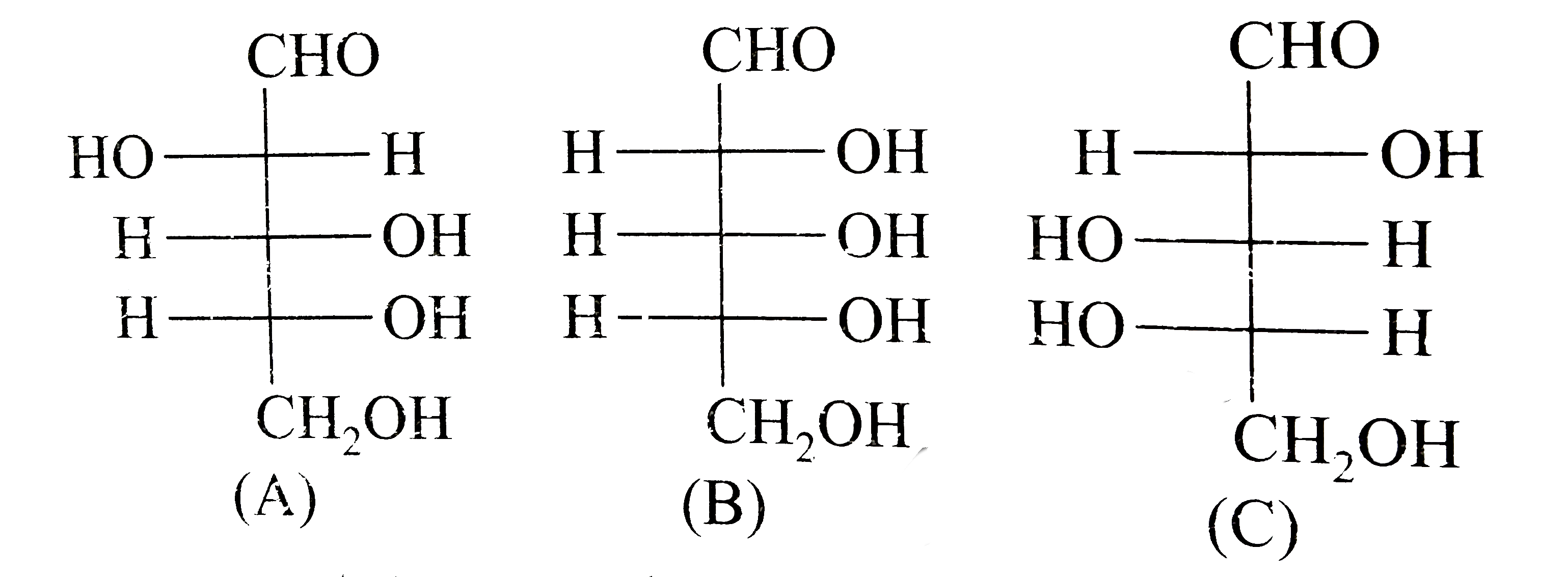Consider the following statements about an element 'X' with number of protons 13
(A) It forms amphoteric oxide
(B) Its valency is three
(C) The formula of its chloride is XCl3
The correct statements(s) is/are
only (A)
only (B)
(A) and (C)
(A), (B) and (C)
The correct Answer is:D
To solve the question regarding the element 'X' with 13 protons, we will analyze each statement provided:
1. Identify the Element:
The number of protons in an atom is equal to its atomic number. Therefore, an element with 13 protons has an atomic number of 13. Referring to the periodic table, the element with atomic number 13 is Aluminum (Al).
2. Evaluate Statement (A):
- Statement (A) claims that Aluminum forms an amphoteric oxide.
- An amphoteric oxide is one that can react with both acids and bases. Aluminum oxide (Al₂O₃) is known to be amphoteric.
- Conclusion: Statement (A) is correct.
3. Evaluate Statement (B):
- Statement (B) states that the valency of Aluminum is three.
- Aluminum has three electrons in its outermost shell (2, 8, 3). It typically loses these three electrons to form a +3 ion (Al³⁺).
- Conclusion: Statement (B) is correct.
4. Evaluate Statement (C):
- Statement (C) indicates that the formula of its chloride is XCl₃.
- Since we established that X is Aluminum (Al), we need to check the formula of Aluminum chloride.
- The valency of Aluminum is +3, and the valency of Chlorine is -1. To balance the charges, one Aluminum ion combines with three Chlorine ions, resulting in the formula AlCl₃.
- Conclusion: Statement (C) is correct.
5. Final Conclusion:
All three statements (A, B, and C) about the element 'X' are correct.
Summary of Correct Statements:
- (A) It forms amphoteric oxide: Correct
- (B) Its valency is three: Correct
- (C) The formula of its chloride is XCl₃: Correct
Final Answer:
All statements are correct.
---
The number of protons in an atom is equal to its atomic number. Therefore, an element with 13 protons has an atomic number of 13. Referring to the periodic table, the element with atomic number 13 is Aluminum (Al).
- Statement (A) claims that Aluminum forms an amphoteric oxide.
- An amphoteric oxide is one that can react with both acids and bases. Aluminum oxide (Al₂O₃) is known to be amphoteric.
- Conclusion: Statement (A) is correct.
- Statement (B) states that the valency of Aluminum is three.
- Aluminum has three electrons in its outermost shell (2, 8, 3). It typically loses these three electrons to form a +3 ion (Al³⁺).
- Conclusion: Statement (B) is correct.
- Statement (C) indicates that the formula of its chloride is XCl₃.
- Since we established that X is Aluminum (Al), we need to check the formula of Aluminum chloride.
- The valency of Aluminum is +3, and the valency of Chlorine is -1. To balance the charges, one Aluminum ion combines with three Chlorine ions, resulting in the formula AlCl₃.
- Conclusion: Statement (C) is correct.
All three statements (A, B, and C) about the element 'X' are correct.
- (A) It forms amphoteric oxide: Correct
- (B) Its valency is three: Correct
- (C) The formula of its chloride is XCl₃: Correct
All statements are correct.
Similar Questions
Knowledge Check
Consider the following statements about an element 'X' with number of protons 13.
(A) It forms amphoteric oxide.
(B) Its valency is three.
(C) The formula of its chloride is XCI.
(D) The correct statements(s) is/are:Aonly (A)Bonly (B)C(A) and (C)D(A) , (B) and (C)Which of the following statement is correct about oxidation number ?
AOxidation number of all atoms in elementary state is zeroBThe sum of Oxidation number of all the atoms in the formula of a compound is always zeroCAlkali and alkaline earth metals have +1 and +2 oxidation staes respectivelyDAll of theseConsider the following compounds

The correct statement about the compounds (A),(B) and (C) isAA and B are epimersBB and Care epimersCAandC are diastereomersDAandC are identical
An element Z has a valency of 3. What is the formula of its oxide?
View SolutionAn element B show valencies of 4 and 6. Write the formulae of its two oxides.
View SolutionAn element X is in group 13 of the periodic table.
(a) what will be the formula of its chloride ?
(b) What will be the formula of its oxide ?
View SolutionAn element X is in group of the periodic table:
(a) What will be the formula of its chloride?
(b)What will be the formula of its oxide?
View SolutionWhich statements (s) about oxidation number is (are) correct?
View Solution
